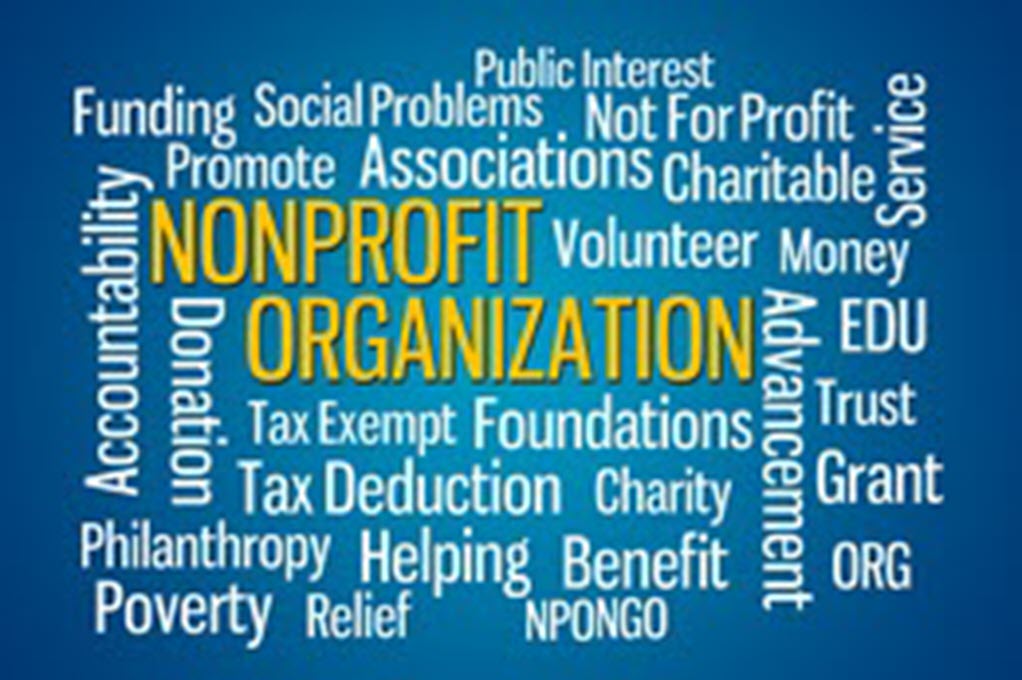- Invest in training and development: Invest in the people of your organization in order to provide them with the right tools to succeed. Their success will provide you with the leverage you need to expand and execute on the mission of the organization.
- Use your networks: Connect with peers in the industry. Leverage the work of other organizations that have similar objectives. Learning from their past successes and failures can help you avoid some missteps and accelerate your progress. You also might find some interesting partnership opportunities in the process.
- Invest with your values: What about the 95%? Through Environmental, Social and Governance (“ESG”) and Impact Investing, Foundations are finding ways to use 100% of their financial portfolio to support their mission, not just the 5% they give away each year. At Pathstone, we believe that this is an effective way to maximize the impact of your foundation which can also result in a more engaging and effective investment decision-making process. When it comes to mission-related and financial success, we believe that foundations can do both and continue to see a growing interest in this area. In fact, a 2019 survey conducted by Foundation Source indicated that 88.2% of respondents were at least “somewhat” interested, and 40.9% of respondents were “very interested” in impact investing. Further, the same survey indicated that 51.1% of respondents had at least some percentage of their portfolio allocated to impact investment.
- Utilize Program-Related Investments (“PRIs”): Program-Related Investments can complement a private foundation’s grant-making activities and further its mission. PRIs can take various forms, including debt, equity, and guarantees. However, unlike traditional investments, their foremost goal is to advance the foundation’s mission. Financial return from a PRI, whether income or appreciation, should not be considered a significant purpose of the investment according to the applicable tax rules. PRIs must be investments that would not have been made except for their relationship to the philanthropic basis of the foundation and, as a result, count as part of their minimum distribution requirements. As discussed at Pathstone’s 2017 conference PRIs: Innovative Philanthropy, PRIs are a great way for foundations to amplify impact but are often misunderstood and dramatically underutilized. (Click to read Pathstone’s 2017 PRI Conference Summary.)
- Get help! There is no need to do it all yourself. Hire advisors that specialize in areas where you need support, and when you do, be sure to invest the time to find the right advisor. The right advisor will be different for everyone, but generally will be someone (or some organization) that (1) understands your goals and objective, (2) has experience working with organizations like yours, and (3) shares similar values as you and your organization.
One size fits all?
While any Registered Investment Adviser (“RIA”) will assist with managing your portfolio, there are critical differences between firms that are important to consider. Generally, there are three main categories of investment advisors:
- Investment Manager: Investment Managers tend to offer investment strategies that they will manage directly. Investment Managers often bring expertise in focused areas of the markets (e.g., U.S. Small Cap Equity) and reduce overall investment costs through direct access, but may provide less in terms of asset allocation advice, portfolio customization & diversification, and comprehensive reporting.
- Investment Consultant: Investment Consultants typically provide both asset allocation and investment manager selection advice. They typically recommend third-party investment managers, which may increase the overall investment cost, but in doing so, reduces potential conflicts of interest while expanding investment opportunity and choice. They also typically offer highly customizable advice. An investment consultant is often best suited for a knowledgeable and engaged board/committee since they typically do not assume investment decision-making authority. This model may have a higher cost structure than directly accessing an investment manager, as there is an additional fee for the consultant.
- Outsourced Chief Investment Office (“OCIO”): The OCIO option is a hybrid approach. It combines the independence of an Investment Consultant with the scale of an Investment Manager. Clients benefit from the scale of an OCIO in terms of both potential investment cost reduction and more comprehensive services (e.g., reporting, administration, etc.), but may sacrifice customization and investment flexibility. The OCIO “packaged” option is often best suited for a board/committee that prefers to hand over full investment decision-making authority, as OCIO’s tend to operate with full discretion. The cost structure is typically similar to the structure for an investment consultant.
Some RIA’s may be able to work with a client in any of the above ways (or in some combination), but it is always good to understand the advantages and disadvantages as you consider what (and most importantly who) the right fit will be for you!
Using a Family Office for Your Foundation
Sometimes an overlooked option, family offices can be great partners for a foundation and other non-profits. In addition to investment advice, which may be available in any or all of the approaches referenced above, family offices typically bring additional expertise in other important areas such as tax compliance, risk management, and administration. The result is a comprehensive advisory solution, all under the same roof. This route can lead to certain benefits, such as consolidated client knowledge and documentation storage, communication and coordination efficiencies across advisors, and integrated reporting across the investment and accounting functions.
Although welcomed in most cases, growth does not come easy and never without issues. We hope that considering the above items can help you to better avoid the potential detours that often accompany organizational growth, and hopefully ensure that you do not stray from your intended mission through the journey.




















